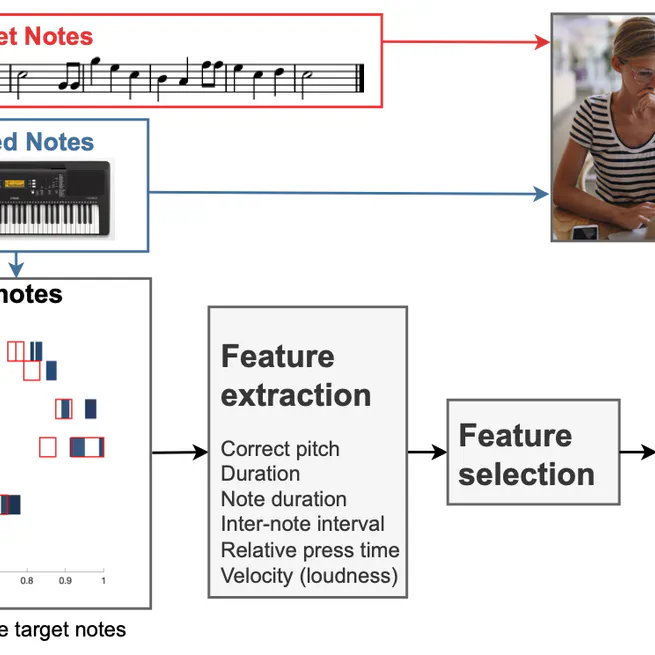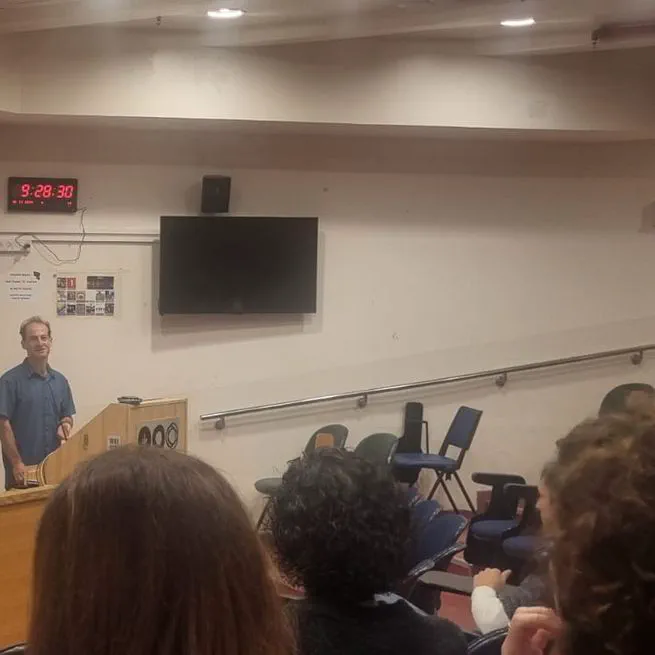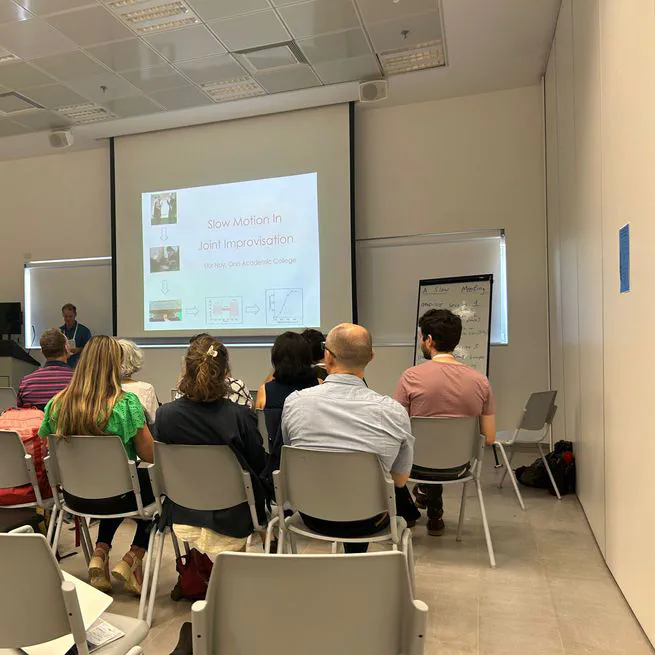Jason Friedman is an Associate Professor in the Dept. Physical Therapy and the Sagol School of Neuroscience at Tel Aviv University, He is interested in how the brain controls movement, with a focus on how we can speed up motor learning, how we combine movement primitives to form complex movements, and methods for understanding movement disorders. and co-director of the Movement Sciences lab
- Motor control
- motor learning
PhD (Computer Science & Applied Mathematics)
Weizmann Institute of Science
M.Sc (Computer Science & Applied Mathematics)
Weizmann Institute of Science
B.Sc (Computer Science)
Monash University

I have performed several studies looking at how we can enhance motor learning, in typically developing populations, and in populations with motor disorders. I have examined questions of what sort of feedback is optimal to use, the effect of posture and how timing affects the process of motor learning. For example, how does learning a second sequence interference with the first sequence, how does observing an expert aid in motor learning, how can analogies speed up motor learning, and what is the effect of increasing variability on learning?
Aug 23, 2023
The human hand has amazing abilities to grasp and dexterously manipulate objects, which until today have not been reproduced using robotic hands. My research has looked at some of the ways we exploit the redundancy in the human hand (in that we have more degrees of freedom than necessary) to successfully use our hands. I have looked at the kinematics (movements) of grasping: how the grasps we select are affected by the task , and the trajectories we choose when grasping. I have also looked at how we coordinate forces during grasping and how the variance is coordinated when using multiple fingers during force production We have also examined how this coordination develops in typically developing children and children with cerebral palsy and acquired brain injury.
Aug 23, 2023
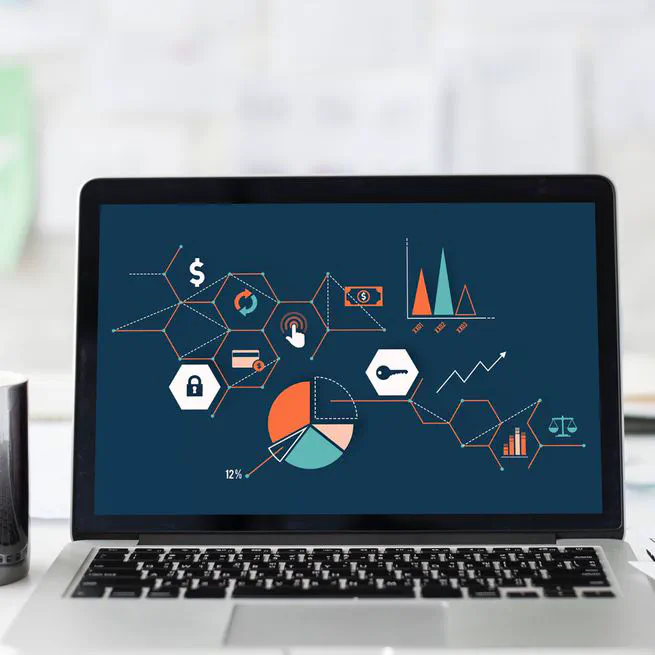
While typically developing individuals show movements that are optimal in some way, in individuals with motor disorders, we observe movements that are clearly not optimal. In this research area, I am developing models that are capable of producing movements that look like movements produced in motor disorders, in order to help understand the underlying causes of the movement difficulties.
Apr 27, 2016
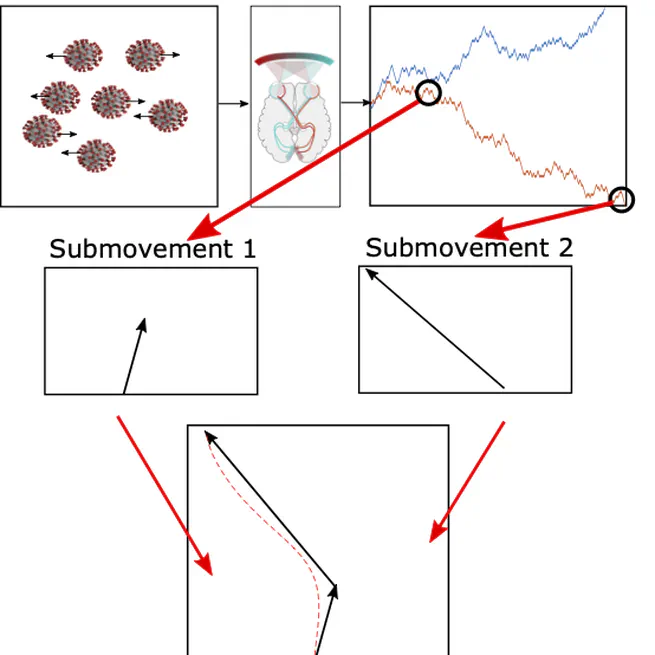
Reaction times have commonly been used as a way of studying various cognitive processes. We can modify the input and see the effect on the output (e.g. it takes longer to decide if uncommon words are words compared to common words), and hopefully inform our understanding about cognitive processes. But by using arm movements rather than reaction times, we can observe parts of the process leading up to the final decision, which can provide us much more information about how these processes work. My research has involved using my background in motor control to inform these studies. We have used these techniques in studies of masked priming and the role of spatial frequencies in face detection. I have also developed a models based on how we use partially accumulated evidence to produce these movements. We have used this technique for study decision making under conflict in the Simon task.
Apr 27, 2016
A full list of my publications can be found here. A list of publications including citation counts can also be found on Google scholar, Web of Science, ORCID, or cris.

